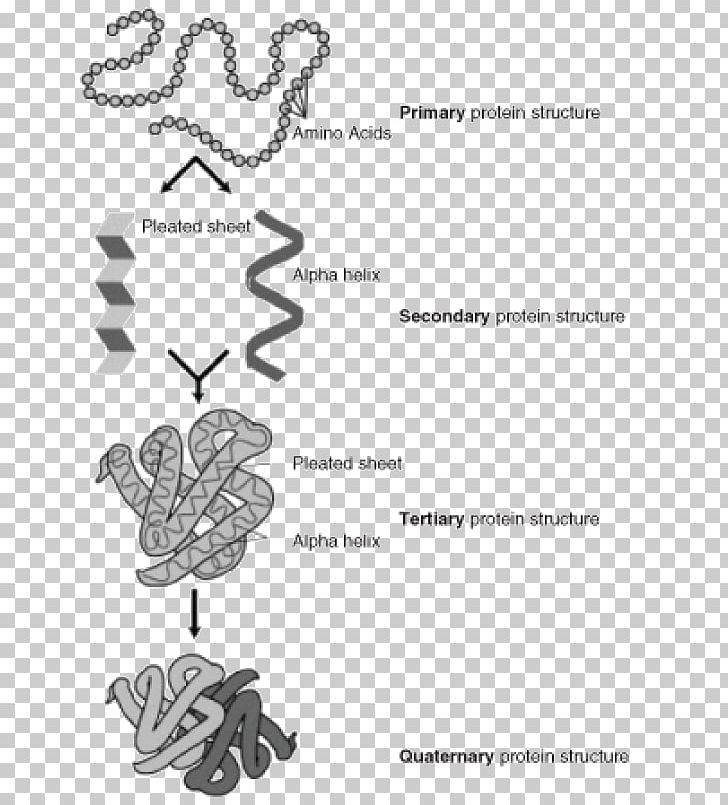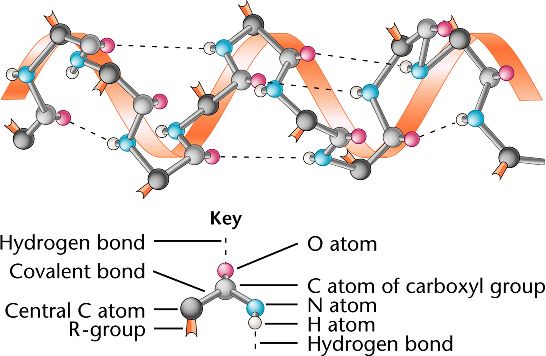
These SS are defined by patterns of hydrogen bonds between the main-chain peptide groups. Two main types of SS, the alpha helix and the beta strand, were suggested in 1951 by Linus Pauling and coworkers. SS refers to highly regular local sub-structures. Post-translational modifications such as disulfide formation, phosphorylations and glycosylations are usually also considered a part of the primary structure, and cannot be read from the gene. Often however, it is read directly from the sequence of the gene using the genetic code.


The sequence of a protein can be determined by methods such as Edman degradation or tandem mass spectrometry. The sequence of a protein is unique to that protein, and defines the structure and function of the protein. A specific sequence of nucleotides in DNA is transcribed into mRNA, which is read by the ribosome in a process called translation. The primary structure of a protein is determined by the gene corresponding to the protein. Counting of residues always starts at the N-terminal end (NH2-group), which is the end where the amino group is not involved in a peptide bond. The two ends of the polypeptide chain are referred to as the carboxyl terminus (C-terminus) and the amino terminus (N-terminus) based on the nature of the free group on each extremity. Pimary structure is held together by covalent or peptide bonds, which are made during the process of protein biosynthesis or translation. The primary structure refers to amino acid sequence of the polypeptide chain. Proteins can also work together to achieve a particular function, and they often associate to form stable protein complexes.

Sometimes proteins have non-peptide groups attached, which can be called prosthetic groups or cofactors. Shortly after or even during synthesis, the residues in a protein are often chemically modified by posttranslational modification, which alters the physical and chemical properties, folding, stability, activity, and ultimately, the function of the proteins. In general, the genetic code specifies 20 standard amino acids however, in certain organisms the genetic code can include selenocysteine-and in certain archaea-pyrrolysine. The sequence of amino acids in a protein is defined by the sequence of a gene, which is encoded in the genetic code. A polypeptide is a single linear polymer chain of amino acids bonded together by peptide bonds between the carboxyl and amino groups of adjacent amino acid residues. Proteins are biochemical compounds consisting of one or more polypeptides typically folded into a globular or fibrous form in a biologically functional way.


 0 kommentar(er)
0 kommentar(er)
